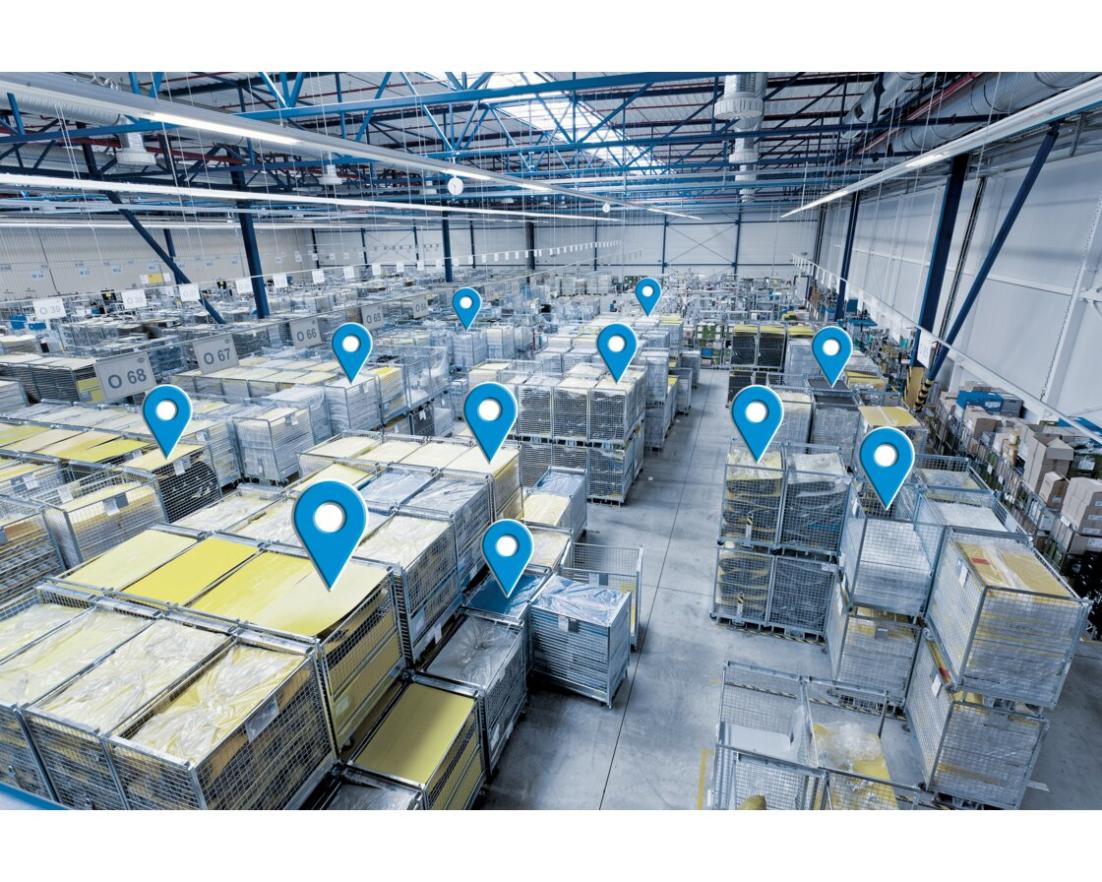How Can Asset Tracking Help Me Improve My Safety?
In today's fast-paced and complex work environments, ensuring the safety of personnel and assets is paramount. Asset tracking plays a crucial role in enhancing safety by providing real-time visibility and control over valuable assets, enabling proactive measures to prevent accidents and mitigate risks.

Types Of Asset Tracking Technologies:
GPS Tracking:
- Utilizes satellite technology to pinpoint the exact location of assets.
- Ideal for tracking vehicles, equipment, and personnel in outdoor environments.
- Provides real-time location updates and historical data for analysis.
RFID Tags:
- Radio Frequency Identification (RFID) tags use radio waves to identify and track assets.
- RFID readers capture data from tags, providing information about the asset's location and status.
- Suitable for tracking inventory, equipment, and personnel in indoor and outdoor settings.
Barcode Scanning:
- Barcode scanners read unique codes printed on assets to identify and track them.
- Barcode scanning is commonly used in warehouses, retail stores, and manufacturing facilities.
- Provides accurate and efficient data capture for inventory management and asset tracking.
IoT Sensors:
- Internet of Things (IoT) sensors collect data from assets and transmit it over a network.
- IoT sensors can monitor temperature, humidity, vibration, and other environmental conditions.
- IoT-enabled asset tracking provides insights into asset health and performance.
Benefits Of Asset Tracking For Safety:
Improved Visibility And Control Over Assets:
- Real-time location tracking enables organizations to monitor the movement of assets and personnel.
- Inventory management capabilities help prevent shortages and ensure the availability of critical assets.
- Theft prevention measures reduce the risk of asset loss and protect valuable resources.
Enhanced Worker Safety:
- Monitoring hazardous areas allows organizations to identify potential risks and take proactive measures to protect workers.
- Tracking worker movements helps ensure their safety and enables quick response in case of emergencies.
- Emergency response systems can be integrated with asset tracking to facilitate rapid assistance during critical situations.
Increased Productivity:
- Reduced downtime by quickly locating and resolving asset-related issues.
- Optimized resource allocation by identifying underutilized assets and reallocating them to areas of need.
- Improved efficiency through streamlined asset management processes.
Case Studies And Examples:
Numerous real-world examples demonstrate the positive impact of asset tracking on safety.
Construction Sites:
- GPS tracking of construction equipment prevents unauthorized use and theft.
- RFID tags on tools and materials enable efficient inventory management and reduce the risk of accidents caused by missing or misplaced items.
Manufacturing Facilities:
- IoT sensors monitor temperature and humidity levels to ensure optimal conditions for production and worker safety.
- Barcode scanning streamlines inventory management and prevents production delays caused by stock shortages.
Warehouses:
- GPS tracking of forklifts and other vehicles enhances safety by preventing collisions and accidents.
- RFID tags on inventory items facilitate accurate tracking and reduce the risk of misplacement or loss.
Healthcare Settings:
- RFID tags on medical equipment and supplies enable real-time tracking, reducing the risk of equipment shortages and ensuring patient safety.
- IoT sensors monitor temperature and humidity levels in critical areas, such as operating rooms and laboratories, to maintain optimal conditions.
Best Practices For Implementing Asset Tracking:
- Define clear objectives and goals for asset tracking implementation.
- Choose the right technology that aligns with your specific needs and environment.
- Ensure proper installation and maintenance of asset tracking devices and systems.
- Train employees on how to use the asset tracking system effectively.
- Integrate asset tracking with other safety systems to create a comprehensive safety management framework.
Asset tracking plays a vital role in improving safety by providing real-time visibility and control over assets, enhancing worker safety, and increasing productivity. By implementing asset tracking solutions, organizations can proactively identify and mitigate risks, ensure the well-being of their workforce, and optimize their operations. Embracing asset tracking technologies is a strategic investment that delivers tangible benefits in terms of safety, efficiency, and overall performance.
YesNo
Leave a Reply